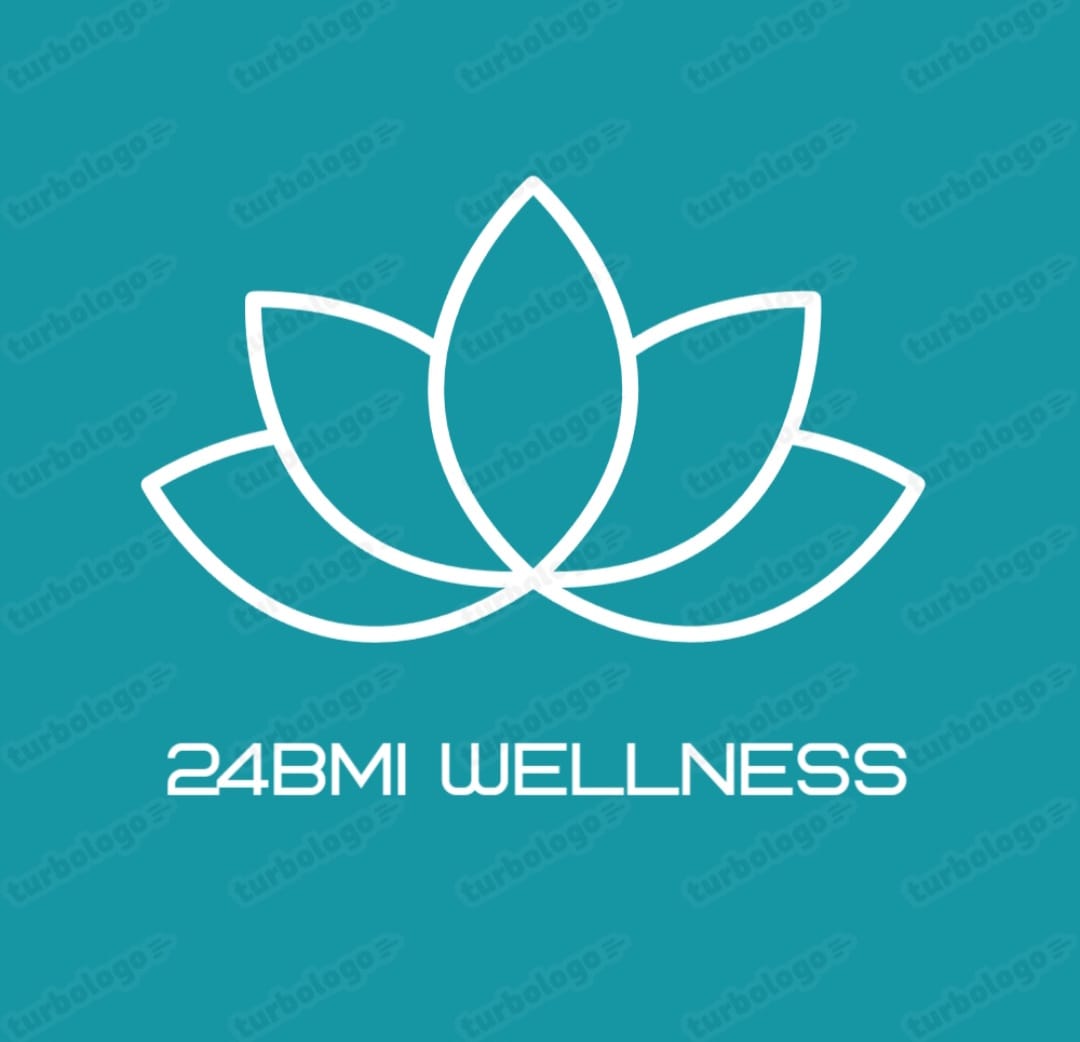Dr. Richa Bhatia
ABCD of Nutritional Assessment
Nutritionists use various nutritional assessment tools. There’s an acronym to remember different components of nutritional assessment:
- Anthropometric Markers
- Biochemical methods
- Clinical methods
- Dietary methods

Anthropometric Markers
The word anthropometry comes from two words: Anthropo means ‘human’ and metry means ‘measurement’. These measurements include height, weight, Body Mass Index (BMI), waist circumference (WC) and skin-fold thickness. Body Mass Index (BMI) is a widely used to categorize individuals into underweight, normal weight, overweight, or obese.
Biochemical methods
Diagnostic tests are often performed to verify the patient’s clinical presentation. Common biochemical markers include blood glucose levels, lipid profiles, hemoglobin and serum albumin. Micronutrient level of Vitamin B12, vitamins A, C, D, E, and K, iron, zinc, selenium can be measured if deficiencies are suspected.
Clinical methods
The patient’s nutritional status is often evident in the head-to-toe physical assessment. Clinical assessment involves a comprehensive physical examination to identify signs and symptoms of nutritional deficiencies or muscle wasting. Special attention is given to organs such as skin, eyes, tongue, ears, mouth, hair, nails, and gums. Clinical assessment may include: hypertension, evaluating muscle and fat distribution, assessing neurological function and examining the eyes for signs of nutrient-related conditions.
Dietary methods
Dietary assessment tools focus on evaluating an individual’s food and nutrient intake. These tools can be qualitative or quantitative and include methods such as food diaries, 24-hour dietary recalls, and food frequency questionnaires. Dietary assessments help identify nutrient gaps and enable the development of targeted dietary recommendations.
Complete the Assessment by asking questions:
- What do you eat on a typical day?
- How often do you eat fruits and vegetables?
- Do you often have sugar cravings?
- Have you experienced a loss of appetite?
- Have you maintained the same weight during last 6 months?
- Do you prepare your meals at home?
- How often do you eat out?
- Are you Vegetarian/Non-Vegetarian?
- Lifestyle (Sedentary, Mildly active, Active)
- How often do you exercise?
Malnutrition Universal Screening Tool (MUST)
MUST is a five-step screening tool, to identify adults who are malnourished (or at the risk of
malnutrition). It is for use in hospitals, community and other settings.
- Step 1 – BMI Score
- Step 2 – Unplanned Weight-loss Score
- Step 3 – Acute Disease Effect Score.
- Step 4 – Add scores to calculate overall risk of malnutrition.
- Step 5 – Use management guidelines to develop care plan.



